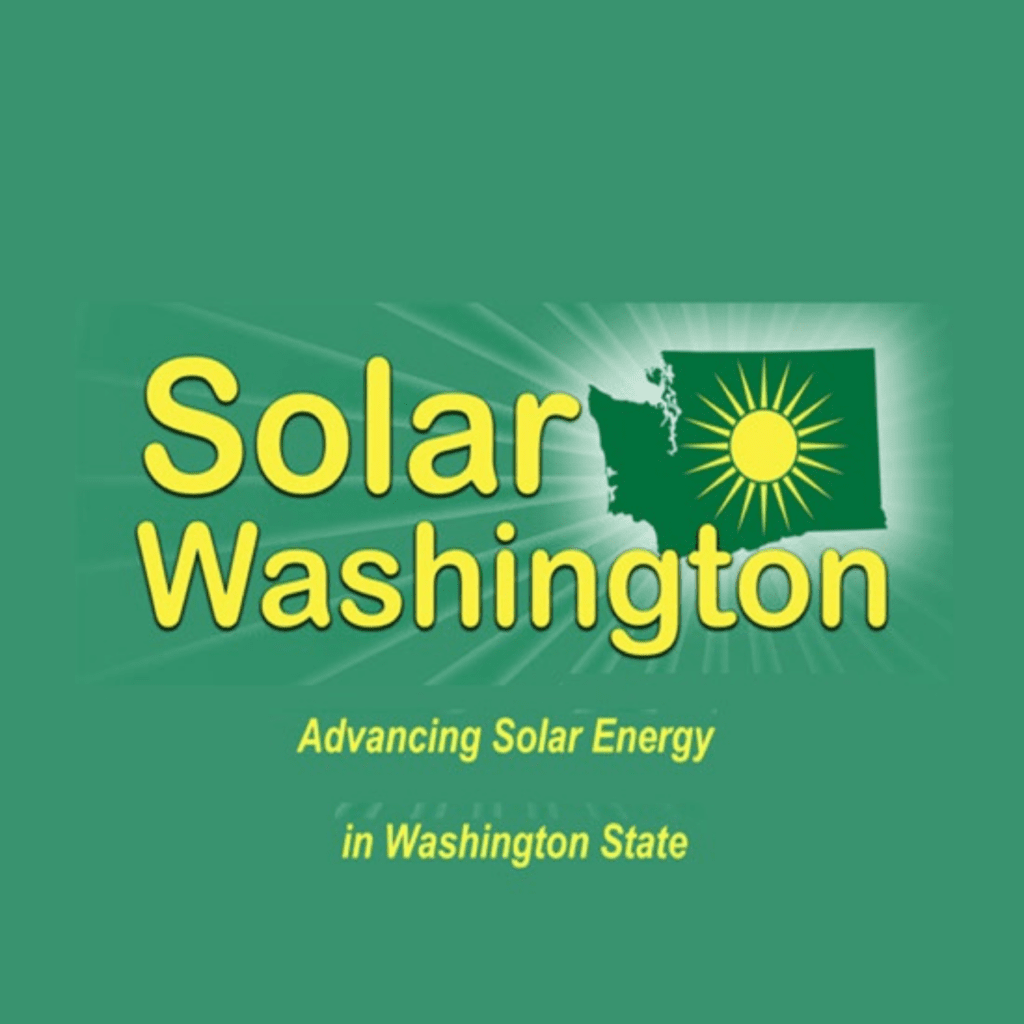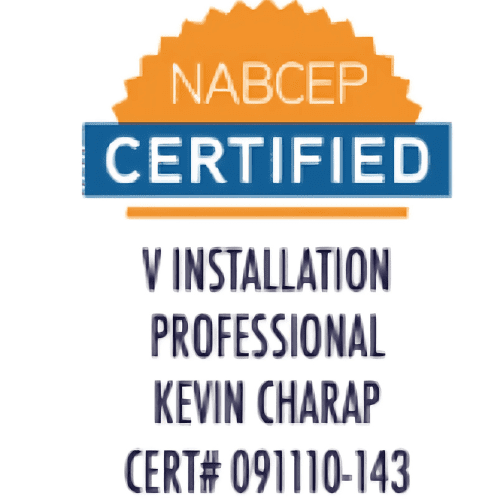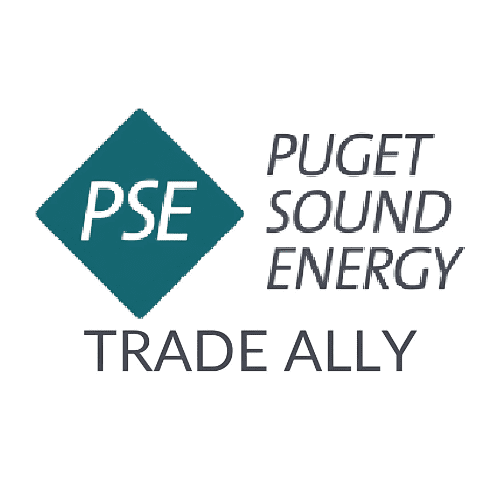How long does it take to recoup the initial investment for solar panels?
Embracing Solar Power in Washington: A Sustainable Investment with MAD Energy NW
In the ever-evolving landscape of energy solutions, solar power emerges as a beacon of sustainability, particularly in regions blessed with ample sunshine like Washington state. With its potential to not only reduce carbon emissions but also generate substantial long-term savings, the adoption of solar panels has become an increasingly attractive option for both homeowners and businesses alike. In this comprehensive exploration, we delve into the intricacies of solar investment in Washington, highlighting the pivotal role played by MAD Energy NW in facilitating this transition.
What people are saying
Client Testimonials
Mike put a couple of outlets in our deck ceiling for a heater and a string of patio lights. He explained everything he was doing in layman’s terms, and suggested moving a light switch inside so our existing deck lights and patio light switch would be in the same spot. We would never have thought of it, but much more convenient! He was nothing but professional and pleasant throughout the process. Highly recommend him!
I've worked with Mike for many years and have always seen the quality of his craft be nothing short of pure excellence. He's a treasure trove of electrical knowledge and truly a skilled artisan, I would not hesitate to recommend him as not only an electrician but also a stand up, honest man.
These guys are so good! Hire them! They're very communicative, professional, old-school polite in office and in home. There was no question when they'd show + cleaned up after themselves. Was a job well done on 2 ceiling fans, a floor outlet and a ceiling fixture.
Wow!!! From the time I called (talked to Hailey) to having the owner/electrician come fix some can lights I received excellent service. THANK You!!
Mike is the best electrician I’ve had worked with. He explained the process, cost and time accurately. Most importantly respectful and trustworthy. A+ class experience. I would recommend for anyone that needs a dependable and trustworthy contractor for any job size. Thank you again for your wonderful work!
Mike, Dixon and Frank we're very easy to work with. Communication was always top notch. Project started and finished on time. Plus the passion for their work really comes through.
The owner and Master Electrician of MAD Energy NW, Mike Dalton, is now our go to guy for all things electrical and also for general contracting. He came to our newly purchased but dated home and helped us design a lighting set up that worked well for us and updated our 1970’s condo electrical to current standards. His work is beautiful and he is both professional and efficient. He was willing to work with me to get every part of the job right the first time and walked me through each step of the process, answering any questions I had along the way. I wish every contractor out there was like Mike; his attention to detail sets him apart. I am so glad we hired him and we will both used him again in the future and recommend him to all our friends! Give yourself an easy remodel, call him.
I had a bad experience with an electrical contractor so I reached out to Mad Energy NW to fix all the errors from the other guy. Mad Energy NW is so professional, they quickly identified the errors and remedied them. I was very frustrated with the other guys and just needed the job done with the minimum of stress possible. They charged less then the first guy, was easier to work with and the work was so professional when he was done. Organized conduit and properly labeled panels and switches. 1000% better. Don't make the mistake I did, just hire these guys first.
They're very communicative, professional, old-school polite in office and in home. There was no question when they'd show + cleaned up after themselves. Was a job well done on 2 ceiling fans, a floor outlet and a ceiling fixture.
I bought a home with a number of electrical issues and Mike was able to quickly solve each issue so I could move into a safe home. Mike was easy to work with, I was impressed with his wide electrical knowledge, and I will call him the next time I have any electrical needs. Thank you MAD Energy NW!
I thought most contractors were like Mad Energy Northwest but that’s not the case. I recently had a different contractor work on my house from tree damage I had no idea when they were coming and still don’t know when they’re going to come back and finish the work and messy. It’s great to know when your contractor is coming, what work is being done and a clean workspace which is what is what I received from Mad Energy NW.
Our kitchen lights and bathroom outlets just randomly stopped working after being in our house for a year. I reached out to MAD Energy NW after seeing a Facebook post about them. Hailey responded within hours to see when we could have Mike come out and gave us a quote for what to expect. They were able to come out within one business day. Mike was on time and really friendly. He was great with the dog, explained everything he was doing, and upgraded our stuff where he could. He was so understanding and careful with our belongings and kept everything clean. I would recommend Mike to anyone who needs electric work and wants to support an amazing local business!
I was referred to MAD Energy NW through a colleague of mine who hired Mike (the owner) to do some electrical work on an investment property of his. After looking up and verifying his license with the county to be active and free from violation I gave him a call to pick his brain and get a second opinion estimate. Mike was able to quickly and concisely explain the work to be completed in such a way so that anyone could easily understand it's complexity. He offered two options that would bring the electrical up to code giving me the choice of how to proceed and I really appreciate that. I didnt feel like I was being sold. He showed up early and stayed until all my questions were answered leaving me with peace of mind. Very glad to have finally found an electrician I can trust. Mike is a Master Electrician and a perfectionist in his trade, he was also polite and courteous. It has been my experience in dealing with home remodels with all types of tradesmen and general contractors that there is an overwhelming level of arrogance and bravado that one has to navigate through. You won't experience that when you choose to do business with the professionals at MAD Energy NW. Thank you Mike for all your help! You've definitely earned my business!
Mike did such an amazing job upgrading my electrical panel that we had him come back to install can lighting and remove some old wiring in the attic. He also has a great work ethic and attitude.
Highly recommend MAD Energy. Mike did great work and explained everything in a way I could understand. We will definitely be using him again. Thank you for your great work!
I would recommend Mike as an electrician to my friends, because I know the quality of work he does, he treats his installations as it would be his personal home projects. No need to say more!
Mike put a couple of outlets in our deck ceiling for a heater and a string of patio lights. He explained everything he was doing in layman’s terms, and suggested moving a light switch inside so our existing deck lights and patio light switch would be in the same spot. We would never have thought of it, but much more convenient! He was nothing but professional and pleasant throughout the process. Highly recommend him!

The Rise of Solar Power in Washington
Washington’s commitment to renewable energy is evident in its diverse array of sustainable initiatives, from hydropower to wind farms. However, solar energy has emerged as a particularly promising avenue for harnessing the state’s abundant natural resources. With an average of over 200 days of sunshine per year in many regions, Washington possesses significant untapped potential for solar power generation.

Understanding the Economics of Solar Investment
One of the most pressing questions for prospective solar adopters is the timeframe required to recoup the initial investment. While the answer to this question depends on various factors, including system size, energy consumption, and local incentives, studies indicate that the return on investment (ROI) for solar panels is highly favorable. In Washington, where electricity rates are above the national average and solar incentives are robust, homeowners can often expect to recoup their initial investment within 9 to 14 years. Homeowners will typically choose to finance the installation costs and offset the new payments with the savings from their reduced energy bill.
Washington State
Solar Incentives
30% Federal Tax Credit
100% Sales Tax Exemption
Net Metering
Accelerated Depreciation
ENERGY CODE CREDITS
MAD Energy NW: Your Trusted Solar Partner
Amidst this burgeoning interest in solar energy, MAD Energy NW stands out as a trusted ally for those looking to embrace solar power. As a leading solar energy solutions provider in Washington, MAD Energy NW offers a comprehensive range of services tailored to meet the diverse needs of its customers. From initial consultation and system design to seamless installation and ongoing support, MAD Energy NW ensures a smooth and hassle-free transition to solar power.
Does it take a long time to recoup the initial investment of Solar Panels?
In Washington State, the payback period for solar panels is a crucial metric that determines the time it takes for homeowners or businesses to recoup the initial investment through savings on their electricity bills.
Solar Systems
What we offer

Roof System
This is the most cost-effective application, which in turn provides the best return on your investment. Solar panels are more efficient than ever! Couple that with a 30% income tax credit, there’s never been a better time to install solar panels on your home.

Ground system
Rooftop solar is not your only option for panel placement, and sometimes is not the best option. If you have the space for it, a ground mount solar array offers the opportunity to install more solar than what may fit on your roof. In addition to being easier to clean, ground-mount solar will typically run more efficiently since the system operates under less heat creating less friction as the solar energy transfers to your home electrical system.

BATTERY BACKUP SOLUTIONS
Considering a backup source for power during a power outage? Adding battery backup to your solar project is a great way to store energy for those stormy days, and eliminates the need to maintain a gas engine like a generator. These batteries run noise free and automatically transfer power when needed. And YES, these do also qualify for the 30% federal income tax credit!
We are the premier commercial, residential, and new construction solar company in Washington State.
Beyond Financial Returns: Environmental Impact
However, the benefits of solar investment extend far beyond financial returns. By reducing reliance on fossil fuels, solar adopters play a crucial role in combating climate change and preserving Washington’s natural beauty for future generations. With each kilowatt-hour generated from solar panels, homeowners contribute to a cleaner, greener future for all.
Install
What's Included

panels
Solar panels, also known as modules within the industry, convert sunlight into electricity using the photovoltaic effect.

inverters
Solar Inverters convert the direct current power produced by the modules, into an alternating current to be used.

racking
Solar racking is the mounting system that supports and secures the panels to the roof or ground structure.

Batteries
Solar Batteries are used to store electricity generated by the solar panels for those times when the utility power drops out.
Crunching the Numbers: A Case Study
The calculation of the solar panel payback period involves several key factors. Initially, the total cost of installing the solar power system is determined. This includes expenses related to equipment, labor, and any associated fees. Subsequently, any applicable solar incentives or rebates, such as federal tax credits, are deducted from the total cost.
For instance, suppose a homeowner invests $16,000 in a solar panel system in Washington State. After accounting for a federal tax credit of $4,800, the net cost of the system stands at $11,200. Following the installation, the solar panels generate electricity, leading to a reduction in the homeowner’s electric bill. If the annual savings amount to $1,500, the payback period would be approximately 7.5 years, assuming that electricity rates remain constant over time. However, we know that electricity rates do not remain constant, but rather increase annually. As electricity rates continue to rise, so does the annual savings for those who are offsetting their electricity needs with the utility therefore speeding up the ROI timeframe.
However, it’s important to note that various factors can influence the payback period, including changes in energy consumption patterns, fluctuations in electricity rates, and the efficiency of the solar panels themselves. Additionally, advancements in solar technology and potential future incentives or policy changes may impact the overall financial equation.
Overall, understanding the payback period for solar panels provides valuable insight for individuals and businesses considering solar investment in Washington State. It serves as a tangible measure of the financial viability of transitioning to solar energy, offering clarity and guidance in the decision-making process. By leveraging available incentives and maximizing energy savings, Washington residents can accelerate their journey towards energy independence and environmental sustainability through solar power adoption.
Work You Can Believe In
The Mad Energy Solar Warranty
25-30 Year Solar Panel Production Warranty
12-25 Year Inverter and Optimizer Warranty
25 Year Racking Warranty
10 Year Workmanship Warranty
10 Year Battery Warranty

Making the Switch: Your Path to Solar Independence
In conclusion, the decision to invest in solar panels in Washington is a sound one, offering both economic and environmental advantages. With the expertise and support of MAD Energy NW, the transition to solar power becomes seamless and rewarding. While the exact payback period may vary depending on individual circumstances, the long-term benefits of solar energy far outweigh the initial investment. So, why wait? Take the leap towards a brighter, more sustainable future with solar power today.
For inquiries about solar installation and to learn more about how MAD Energy NW can assist you on your solar journey, contact them at (253) 929-8284, or inquire through their website www.madenergynw.com.
As Washington state continues to embrace renewable energy solutions, the widespread adoption of solar power represents a pivotal step towards a cleaner, more sustainable future. With MAD Energy NW at the forefront of this movement, homeowners and businesses alike can confidently navigate the complexities of solar investment, reaping the rewards of reduced energy bills and a reduced environmental footprint for years to come. Whether you’re considering solar for your home or your business, now is the time to harness the power of the sun and join the renewable energy revolution in Washington.
























